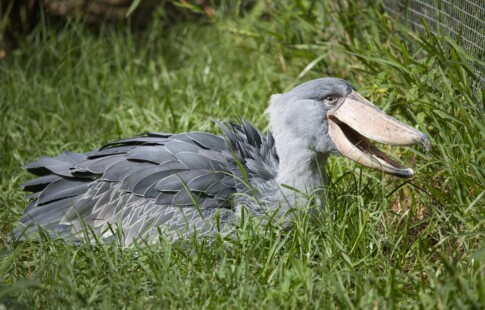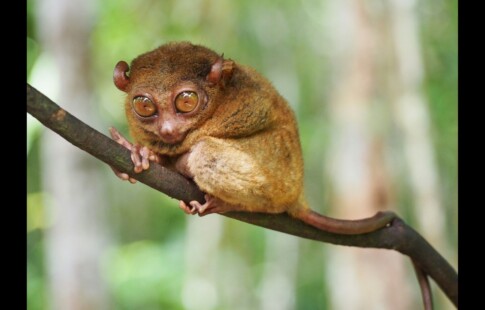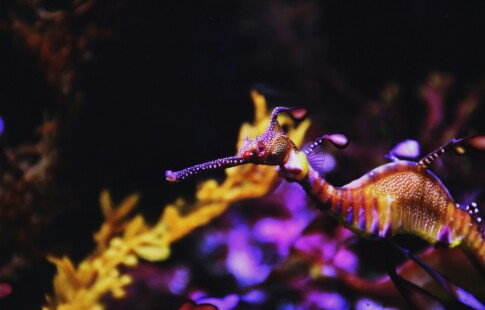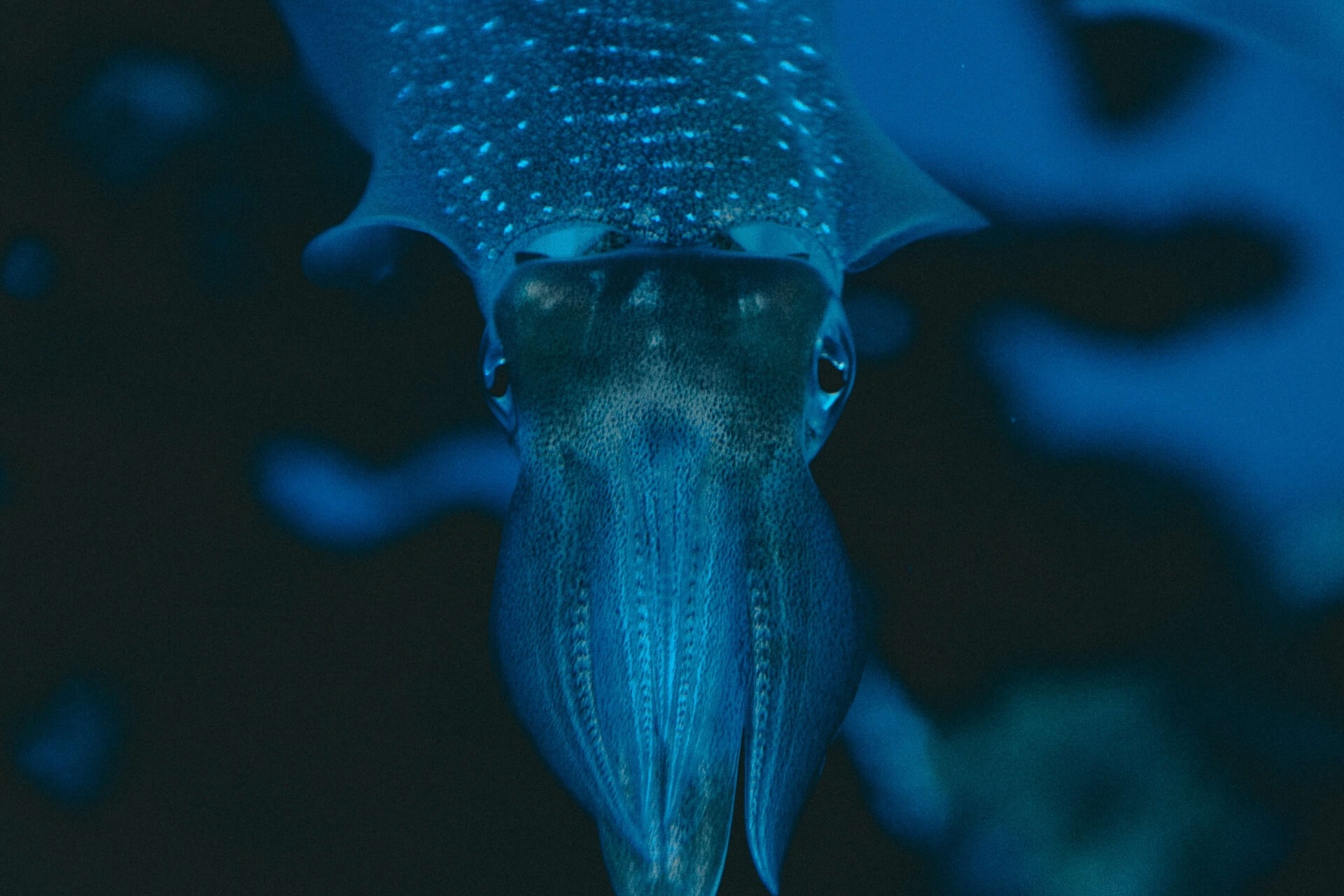
Giant Squid vs. Colossal Squid: What Would Win in a Fight?
We are reader-supported. When you buy through links on our site, we may earn affiliate commission.
You hear about them in memes and strange YouTube video deep dives. The world’s most monumental mollusks are subject to countless questions and curiosities from marine researchers. Today, we will unpack the differences and the unknowns of the giant squid vs. the colossal squid. How do they differ if we put them in an imaginary stadium, which would win in a fight? Their misleading names might give you some assumptions already, but let’s dive into the facts.
What Is Abyssal Gigantism?
Before knowing the exact numbers, you already know the giant and colossal squids are huge. It’s in their names, after all. But why and how did they get that way? A phenomenon called abyssal gigantism explains how creatures in deeper waters tend to be bigger than anything residing closer to the surface.
Experts have a few ideas to explain why this occurs, including:
- Reduced predation
- Minimal access to food leads to adaptive metabolisms and the ability to maintain food stores
- Colder temperatures increase cell size
- Concentrated oxygen requires organisms with larger respiratory systems
The two squids live in deeper, darker regions of the ocean, among other large aquatic organisms. They are used to these environments and the intimidating species that surround them. Would they ever interact, and how do they compare?
Let’s Meet the Giant Squid
The giant squid, or Architeuthis dux, ranges in length but is the longest recorded squid. Males are longer than females and can be over 40 feet long. However, the most giant specimen was 59 feet long and much heavier than most.
The tentacles occupy most of this space, but the mantles are also surprisingly hefty. With the fins, mantle, head and arms, this section can be up to 16 feet long. The first time humans saw it was in 2004 off Japan’s coast, and they confirmed its existence by salvaging a ripped tentacle from a feeding.
The squid swims in the north Atlantic oceans in the Twilight zone. However, they can be found in many other areas of the world. This ranges between 1,000 and 2,000 feet below sea level. It is dark down there, making them grow to some of the most enormous eyes of any animal on the planet at a whopping ten inches. They are predatory, though they are unlikely to mess with humans since we don’t dive down that far.
What are some other specs for the giant squid?
- They have eight arms and two tentacles.
- Sperm whales are their most prominent predator, and looking at their stomachs is a way to help humans understand the giant squids’ population numbers. The number of beaks in stomachs suggests numbers could be in the millions despite only a couple of recorded sightings from humans.
- Their average weight is around 440 pounds, though females weigh more than males.
- The IUCN Red List ranks them as “least concern” with minimal data on population trends because of how elusive they are.
Most observations of giant squid happen on dead specimens that wash to shore.
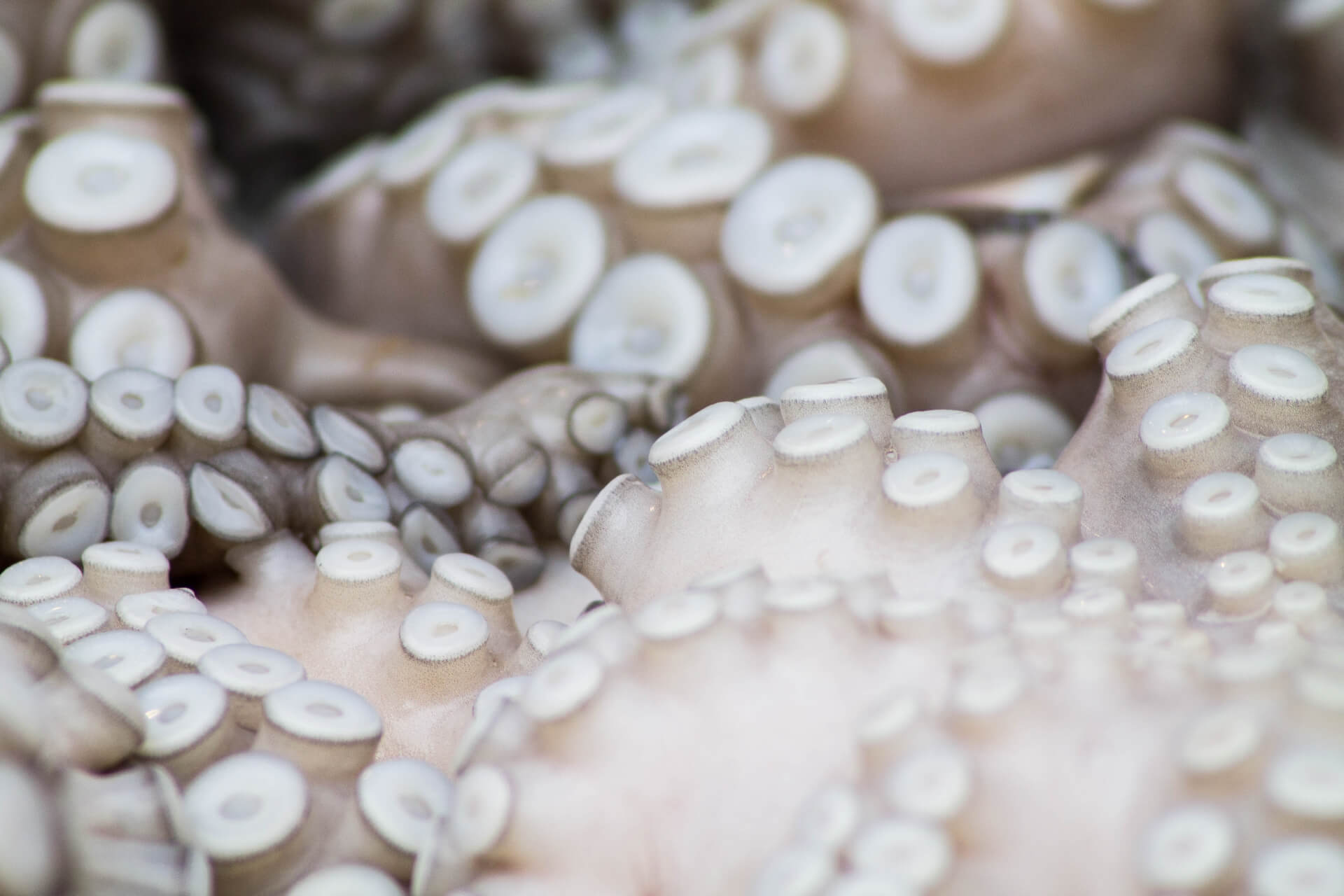
Let’s Meet the Colossal Squid
The colossal squid, or Mesonychoteuthis hamiltoni, is the heaviest in existence. They usually weigh well over 1,000 pounds. Where the giant squid can exceed 40 feet, the colossal squid only gets to just over 30 feet long.
This reveals the most significant difference between the two species — the giant is longer, but the colossal is heavier. Their eyes are comparable — perhaps even larger than the giant squid by an inch or so — but other body parts, like their beaks, are also gigantic.
The colossal squid lives in a completely different region of the planet, usually found in the polar seas near Antarctica. They go even deeper than giant squids, and experts suspect they typically live around 3,000 feet below sea level.
The first colossal squid sighting happened much sooner than the giant squid — albeit it was in 1925 in a sperm whale’s stomach. The first live sightings occurred in 2005 and 2007. However, one specimen caught in 2007 is on display at the Museum of New Zealand Te Papa Tongarewa. This was the first colossal squid to receive media coverage, probably because the crew that caught it also filmed the event. The specimen on display is not as reflective as it could be of the beast’s original size, because certain body parts, like the eyes, shrunk after death.
What are some other details about this towering cephalopod?
- The IUCN Red List ranks them as “least concern,” though this information is almost 10 years old and the species is due to receive another evaluation.
- The ambush prey, and their main predator is also the sperm whale.
- They eat Antarctic toothfish, and several colossal squid retrievals have had these fish in the squid’s clutches.
Giant Squid vs. Colossal Squid — Which Would Win?
We have yet to cover one of the most fascinating differences between these squids, and that is their tentacles. The giant squid’s tentacles have suckers and teeth, while the colossal squid has unique hooks.
These hooks would give the colossal squid a massive advantage in a rough and tumble situation. Ultimately, the colossal squid would probably still come out on top even without them because its weight would make up for the extra length of the giant squid. The additional muscle mass would allow it to wrangle it into submission.
However, this is a fictional scenario. The likelihood of these creatures ever duking it out in the wild is almost nonexistent, primarily because of their habitat differences. It doesn’t make it any less enjoyable to theorycraft, especially about these two animals humanity knows so little about.
Doing What We Can to Protect Squids
Although these animals are presently a lower concern by endangered species experts, it does not mean the world shouldn’t already start thinking about how to keep their numbers up and their populations healthy.
The more people find out about them, the more they become vulnerable. Their intrigue is already catching the attention of many, which will invite revelations about these fascinating species and entice potential exploitation. Humans must undergo research to learn more while being conscientious about how the information spreads.
Share on
Like what you read? Join other Environment.co readers!
Get the latest updates on our planet by subscribing to the Environment.co newsletter!
About the author
Maria Visser
Maria serves as the Assistant Editor of Environment.co. A true foodie and activist at heart, she loves covering topics ranging from veganism to off grid living.
